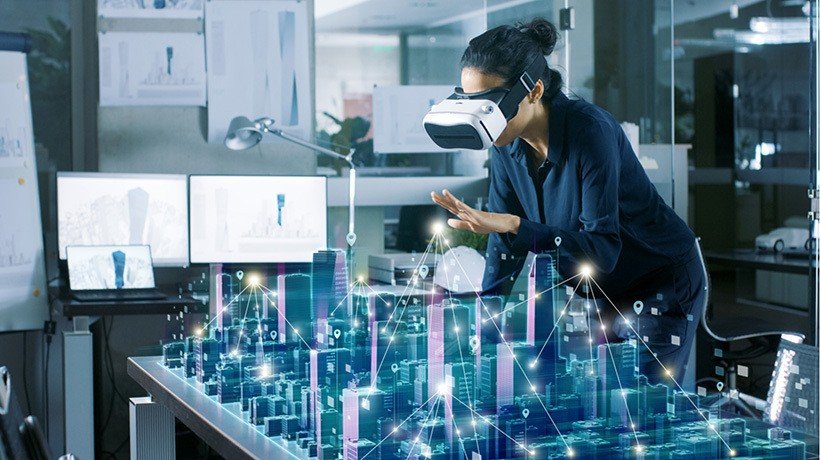In today’s rapidly evolving digital era, education has witnessed a significant transformation. Traditional methods of learning are being revolutionized by immersive learning through software.
This approach combines technology, virtual reality, augmented reality, and interactive simulations to create engaging and experiential educational experiences. Immersive learning through software has the potential to redefine the way students learn, making education more interactive, engaging, and effective.
What is Immersive Learning through Software?
Immersive learning through software refers to the use of technology to create virtual environments that simulate real-world scenarios. By leveraging virtual reality (VR) and augmented reality (AR), students can immerse themselves in a 3D environment that allows them to interact with objects, explore concepts, and apply knowledge in a practical and engaging manner. This approach goes beyond passive learning and enables active participation and hands-on experiences.
Enhancing Engagement and Retention
One of the key benefits of immersive learning through software is its ability to enhance student engagement and knowledge retention. Traditional lectures and textbooks often fail to capture students’ attention, leading to reduced motivation and limited retention of information.
However, when students are immersed in a virtual environment, they become active participants in the learning process. This hands-on approach stimulates their senses, enhances their focus, and increases their level of involvement, leading to improved understanding and retention of concepts.
Real-World Applications
Immersive learning through software has immense potential in a wide range of disciplines. For example, in the field of science, students can virtually explore the human anatomy, conduct virtual chemistry experiments, or even simulate complex physics phenomena.
Similarly, in history and social studies, students can virtually travel to different time periods or countries, experiencing historical events or cultural practices firsthand. This approach allows for experiential learning that goes beyond the limitations of traditional classroom settings.
Personalized Learning Experience
Another advantage of immersive learning through software is its ability to provide personalized learning experiences. Each student has unique learning preferences and abilities, and traditional teaching methods often struggle to cater to these individual needs.
With immersive learning, students can navigate through the virtual environment at their own pace, focusing on areas where they need more practice or exploration. This personalized approach helps students build confidence, fosters independent thinking, and promotes self-directed learning.
Collaboration and Problem-Solving Skills
Immersive learning through software also promotes collaboration and problem-solving skills. In virtual environments, students can work together on complex tasks, solving problems as a team.
This collaborative approach encourages effective communication, critical thinking, and decision-making skills. Students learn how to adapt to different scenarios, brainstorm solutions, and analyze outcomes, all while working in a safe and controlled virtual environment.
Overcoming Limitations
While immersive learning through software offers numerous benefits, it is important to acknowledge its limitations. The technology required for immersive learning can be costly, and not all educational institutions have access to the necessary resources.
Additionally, there may be concerns about the potential overreliance on technology and the need to balance virtual experiences with real-world interactions. It is crucial to strike a balance between technology-driven learning and traditional teaching methods to ensure a comprehensive and well-rounded educational experience.
Immersive learning through software has the potential to revolutionize modern education. By leveraging virtual reality, augmented reality, and interactive simulations, this approach enhances student engagement, promotes knowledge retention, and fosters critical thinking and problem-solving skills.
While challenges and limitations exist, the benefits of immersive learning through software outweigh the drawbacks. As technology continues to advance, we can expect to see even more innovative applications of immersive learning in the future, transforming education and empowering students with immersive and interactive educational experiences.







